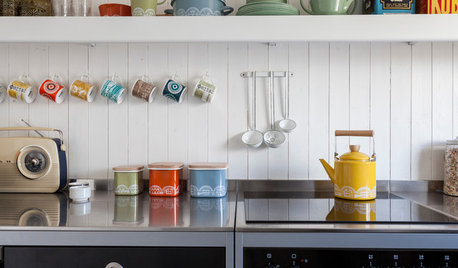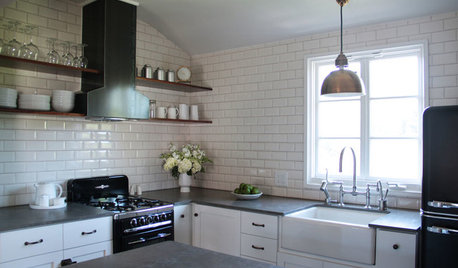Is this 'black sooty mold' or 'tea scale'?
cherylco
15 years ago
Related Stories

LIFEHow Do You Make Your Tea and Coffee in the Morning?
A morning cup is a must for many, and preparation comes in many guises. We look at coffee and tea habits across the Houzz community
Full Story
HOUZZ TOURSMy Houzz: Fulfilling a Childhood Fantasy in Florida
The fourth time was the charm for this Tampa homeowner, who now has a well-appointed and handsome home to show for his efforts
Full Story
GLAM STYLE11 Ways to Go for Baroque
Apply a fanciful style in the right dose to make your room shine
Full Story
GARDENING GUIDESHow to Keep Your Citrus Trees Well Fed and Healthy
Ripe for some citrus fertilizer know-how? This mini guide will help your lemon, orange and grapefruit trees flourish
Full Story
GARDENING GUIDESWhat Kind of Roses Should You Grow?
Want to add the beauty of roses to your garden? Find out which ones, from old-fashioned to modern, are right for you
Full Story
MOST POPULAR33 Magic Household Cleaning Tips
Houzzers from around the world share their tips for transforming housework into child’s play
Full Story
DECORATING GUIDESHow to Channel Your Inner New Bohemian
Creative and artsy, unique and layered, these looks lead to an inspiring lifestyle at home
Full Story
HOUSEKEEPINGTackle Big Messes Better With a Sparkling-Clean Dishwasher
You might think it’s self-cleaning, but your dishwasher needs regular upkeep to keep it working hard for you
Full Story
KITCHEN DESIGN10 Big Space-Saving Ideas for Small Kitchens
Feeling burned over a small cooking space? These features and strategies can help prevent kitchen meltdowns
Full Story
DECORATING GUIDESWicker Style: Cottage to Cutting Edge
Find Wicker for Every Look, From Classic Porch Chair to Spaceship Daybed
Full StoryMore Discussions






luis_pr
cherylcoOriginal Author
Related Professionals
Maple Valley Landscape Architects & Landscape Designers · Benbrook Landscape Architects & Landscape Designers · Cottonwood Landscape Architects & Landscape Designers · Mooresville Landscape Contractors · Tempe Landscape Contractors · Peabody Landscape Contractors · Northport Landscape Contractors · Palatine Landscape Contractors · Tavares Landscape Contractors · West Coon Rapids Landscape Contractors · Wilton Landscape Contractors · Winter Gardens Landscape Contractors · Palos Heights Landscape Contractors · Folsom Swimming Pool Builders · Lisle Swimming Pool Buildersluis_pr
cherylcoOriginal Author
luis_pr